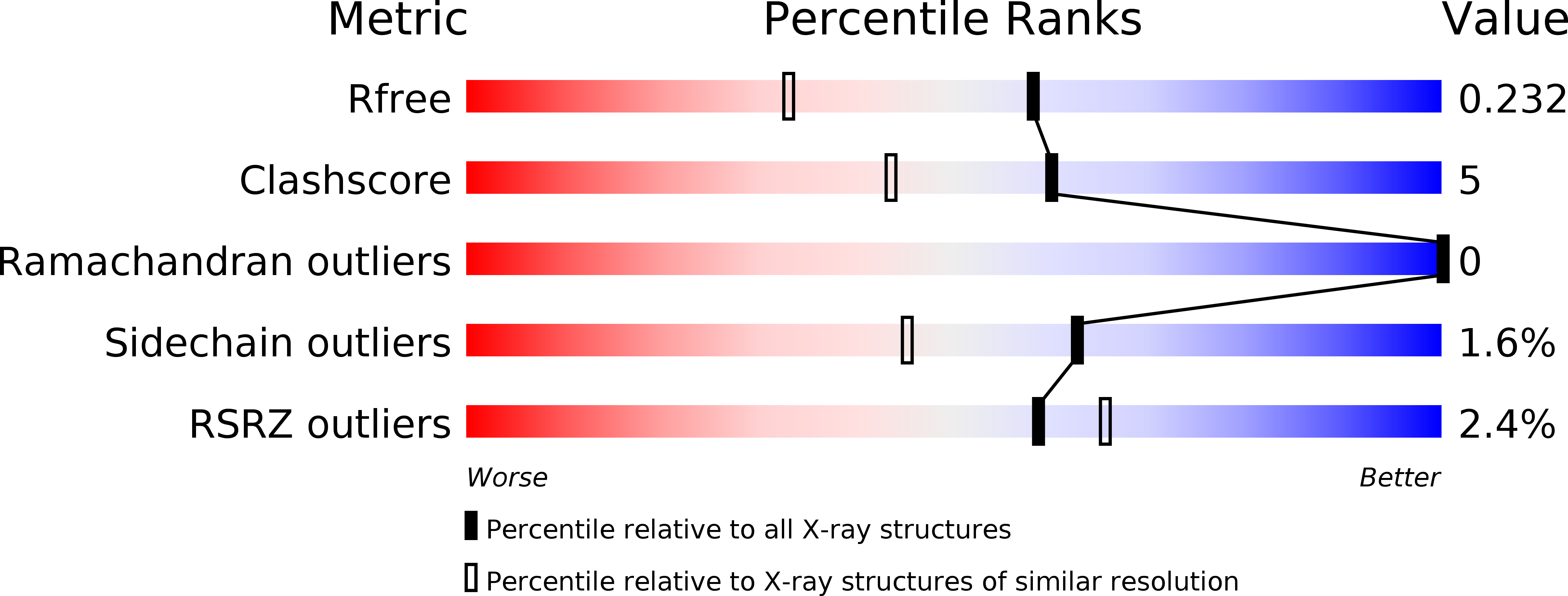
Deposition Date
2002-12-20
Release Date
2003-05-29
Last Version Date
2024-11-20
Entry Detail
PDB ID:
1O9V
Keywords:
Title:
F17-aG lectin domain from Escherichia coli in complex with a selenium carbohydrate derivative
Biological Source:
Source Organism:
ESCHERICHIA COLI (Taxon ID: 562)
Host Organism:
Method Details:
Experimental Method:
Resolution:
1.75 Å
R-Value Free:
0.23
R-Value Work:
0.20
R-Value Observed:
0.20
Space Group:
P 61 2 2


